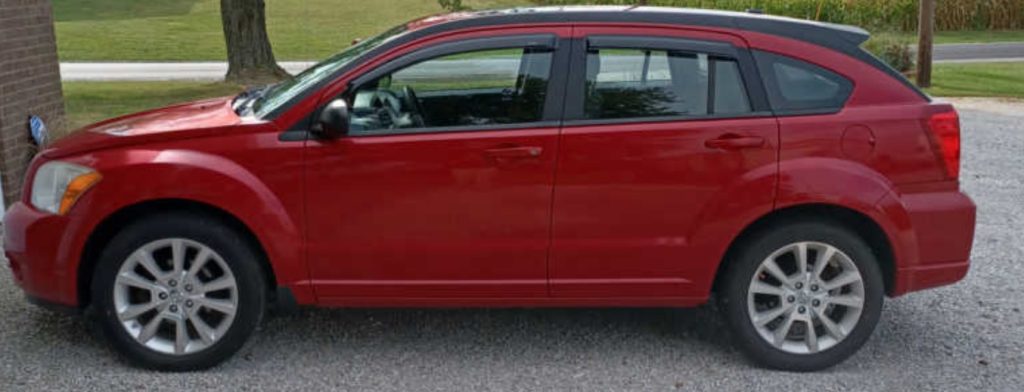
If you own a Dodge Caliber, you may have noticed white exhaust smoke coming from your car on occasion. This can be concerning, and it’s essential to understand the possible causes behind this phenomenon to address the issue promptly and efficiently.
Several factors can contribute to white smoke emanating from your car’s exhaust pipe, and in this article, we will focus on some of the most common reasons.
The most common cause of white exhaust smoke is condensation. When your Caliber is left unused for a day or two, condensed water from the last time it was driven can accumulate and create vapor when you start it up again.
This is usually harmless and should clear up as your engine warms up. However, if white exhaust smoke persists even as your engine reaches its operating temperature, other underlying issues may need your attention.
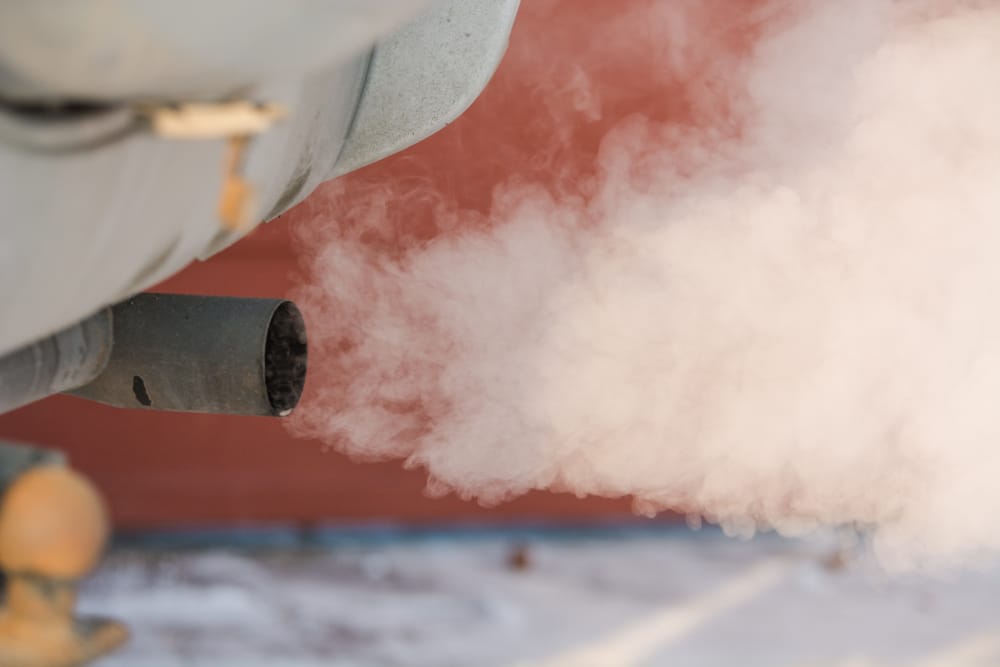
If the white smoke doesn’t clear up when your Caliber warms up, we’ll cover some of the more severe problems, including blown head gaskets, cracked cylinder heads, or issues with coolant leaking into the combustion chamber.
Common Causes of White Exhaust Smoke
Coolant Leak
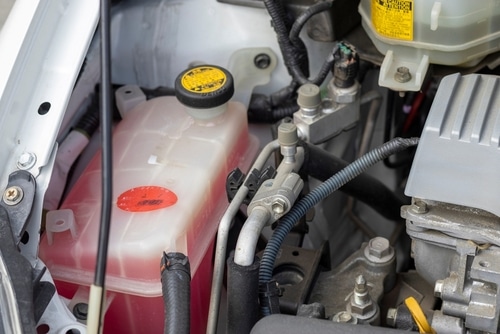
One common cause of white exhaust smoke in your Dodge Caliber is a coolant leak. This issue may be due to a blown head gasket or cracked engine head.
Coolant leaks can lead to a rough, choppy idle and reduced engine power. When coolant leaks into the oil system, it diminishes the oil’s lubricating ability, which can damage your engine. It’s crucial to address the issue as soon as possible to prevent further damage.
Fuel System Issues
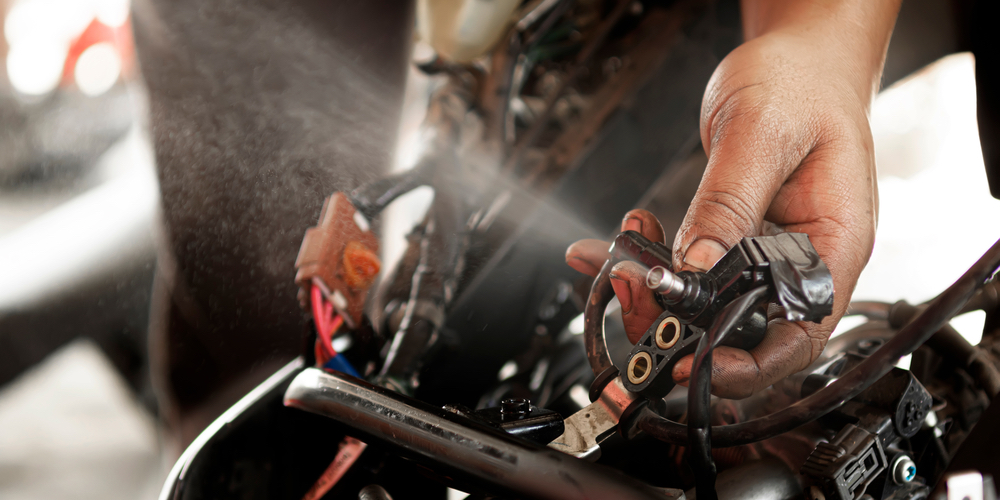
Another cause for white exhaust smoke can be fuel system issues like incorrect fuel-to-air ratios or fuel injector problems.
Some common signs of fuel system issues in your Dodge Caliber include poor fuel economy, difficulty starting the engine, and rough idling.
Your car’s check engine light will likely come on if the air to fuel ratio is off enough to cause white smoke.
It’s important to diagnose and fix fuel system issues to keep your vehicle running smoothly and minimize the risk of more severe problems.
Transmission Fluid Leak
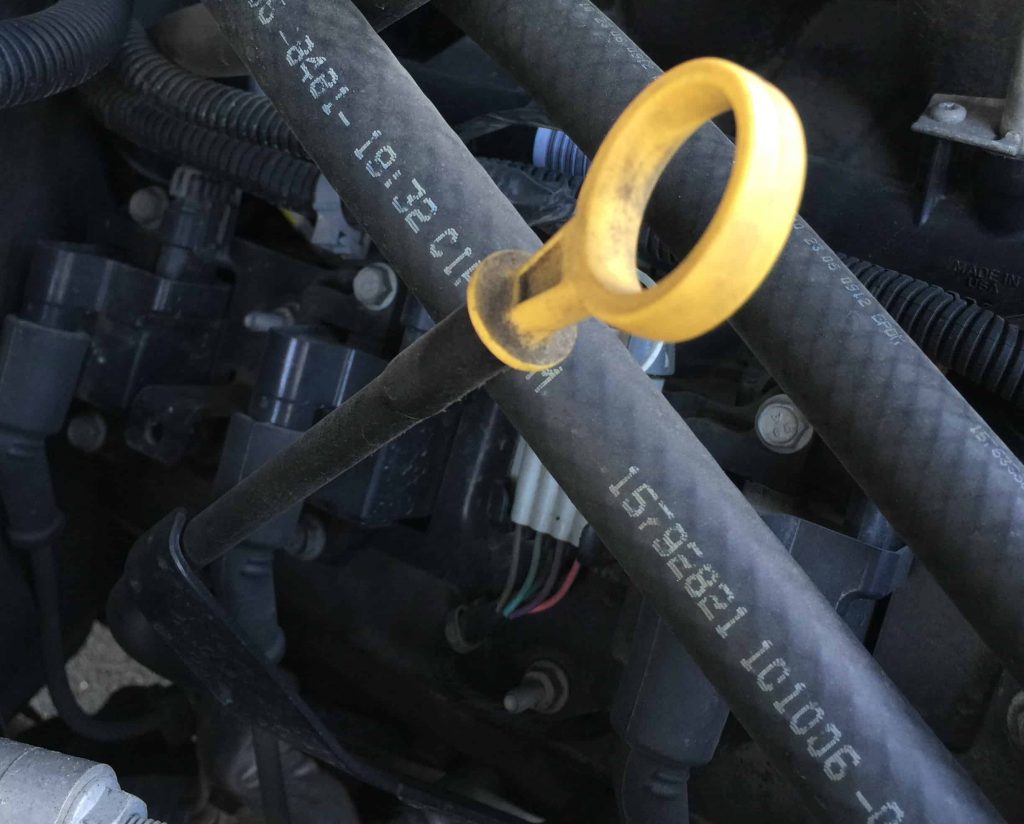
A less common but possible cause of white exhaust smoke in your Dodge Caliber is a transmission fluid leak. A damaged transmission cooler can cause transmission fluid to mix with the coolant, leading to white exhaust smoke.
In addition to white smoke, you might notice a burning smell or unusual noises coming from the transmission. Addressing a transmission fluid leak promptly is vital to prevent further transmission damage and costly repairs.
How to Diagnose and Fix White Exhaust Smoke

Before following any of the diagnostic procedures listed below, verify that there are no trouble codes stored in your Caliber’s computer. If there are, that’s a great place to start.
Checking for Coolant Leak Issues
First, check for signs of an overheating engine, such as bubbles in your radiator or milky white oil. These may indicate a blown head gasket or a cracked head. If you notice any of these signs, it’s crucial to address the issue immediately.
- Inspect the radiator: Look for any cracks or leaks in the radiator and hoses.
- Check the coolant level: Ensure your coolant is filled to the appropriate level. If it’s low, refill it and monitor the level for any further drops.
- Examine the oil: Open your oil cap and inspect the color and consistency of the oil. If it appears milky or creamy, there may be coolant mixed in, which suggests a head gasket issue.
Inspecting Fuel System
Next, inspect your fuel system for any issues that could be causing the white smoke.
- Check the fuel pressure: Test your fuel pressure using a fuel pressure gauge. Low pressure could indicate a failing fuel pump or clogged fuel filter.
- Inspect the fuel injectors: Ensure your fuel injectors are functioning correctly, as faulty injectors can cause incomplete combustion and white smoke.
- Evaluate the air-fuel mixture: Verify that your Caliber’s air-fuel mixture is correct. A lean mixture can be due to vacuum leaks or issues with the mass airflow sensor.
Addressing Transmission Fluid Leak
If your Caliber has an automatic transmission, it’s possible that white smoke could be due to a transmission fluid leak. Follow these steps to address this issue:
- Check the transmission fluid level: Ensure your transmission fluid is at the proper level. Low fluid can cause overheating and damage the transmission.
- Inspect for leaks: Look for leaks in the transmission cooler lines, cooler, and transmission pan gasket. Repair or replace any damaged components as needed.
- Examine the condition of the fluid: Transmission fluid should be clean and a reddish color. If it appears burnt or dirty, you may need to replace the fluid and filter.
Remember to consult a professional mechanic if you are uncertain about any steps or if the white smoke persists after addressing these issues.
Types of Exhaust Smoke
When examining the exhaust smoke coming from your Caliber, it is crucial to differentiate between various types of smoke. Different colors and densities of smoke can indicate different issues within your vehicle. The two main types of exhaust smoke related to Dodge Caliber are:
1. White Smoke
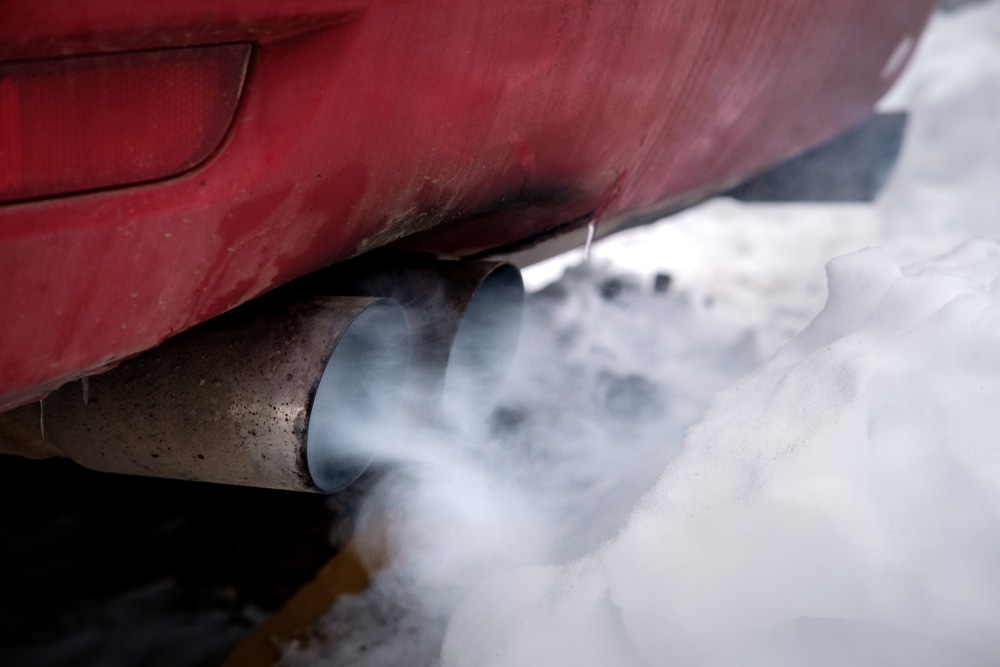
White exhaust smoke typically occurs when there is condensation in the exhaust system, or a more severe issue such as a leaking intake manifold gasket, a bad EGR cooler, a blown head gasket, or a cracked cylinder head.
The severity of the problem depends on the density and volume of the smoke. Light vapor smoke is usually less concerning than dense, heavy smoke.
2. Blue Smoke
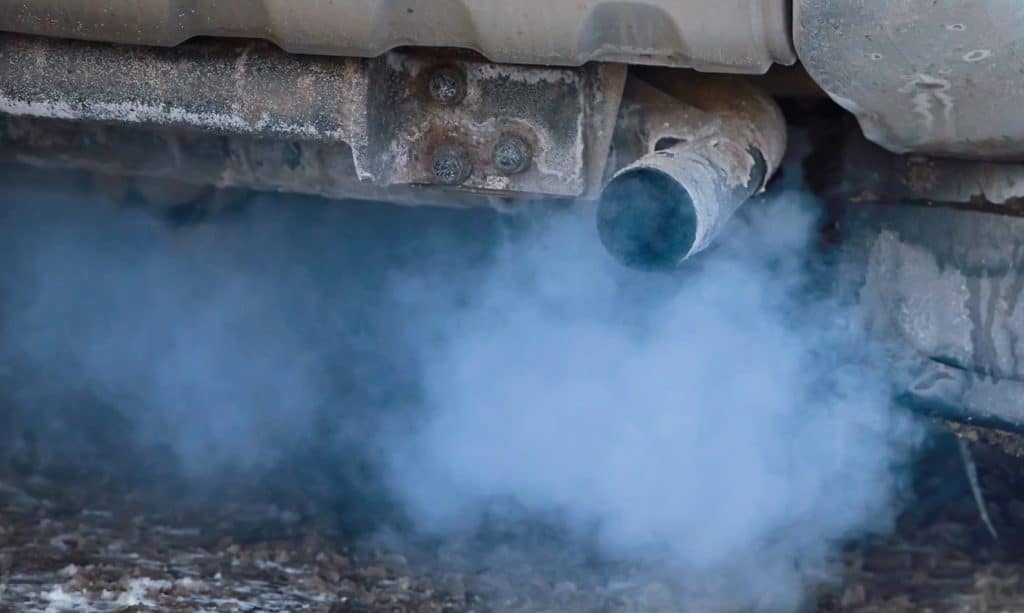
Blue exhaust smoke has a blueish tone, a specific density, and a burning smell. It is often confused with white smoke, but increases significantly in volume when you step on the accelerator.
Blue smoke indicates that your Caliber is burning oil, which can be caused by worn valve seals, piston rings, or other internal engine components.
Frequently Asked Questions
White smoke causes in Caliber exhaust?
White smoke in a Dodge Caliber exhaust can be due to several reasons, such as condensation, a coolant leak, a cracked cylinder head, or a blown head gasket. It’s important to identify the cause to fix the issue effectively.
Coolant leak leading to white smoke?
A coolant leak can lead to white smoke coming from your exhaust. When coolant enters the combustion chamber, it produces thick white smoke as it burns within the block. This can be a sign of serious engine damage and must be addressed promptly.
Cracked cylinder head symptoms?
A cracked cylinder head can lead to various symptoms, including white smoke from the exhaust, coolant leaking externally, oil leaks, loss of engine power, and poor fuel efficiency. If you notice any of these symptoms, it’s best to have your vehicle inspected by a professional mechanic.
Blown head gasket and white smoke?
A blown head gasket can cause white smoke to emanate from your Caliber’s exhaust pipe. This happens when the head gasket fails, allowing coolant to enter the combustion chamber and burn. This produces white smoke, and it’s crucial to fix the problem as soon as you notice it.
White smoke on startup normal?
It can be normal to see thin white smoke coming from your exhaust during startup. This is usually condensation that has built up in the exhaust system evaporating. However, if the smoke is thick and continuous, it may indicate a more serious issue, such as a coolant leak or broken head gasket.
Why is there white smoke but no overheating?
White smoke without overheating can still be an issue. This could be due to a small coolant leak or a blown head gasket that hasn’t progressed to the point of causing your engine to overheat. It’s important to have your vehicle checked by a professional mechanic to diagnose the issue and prevent further damage.

